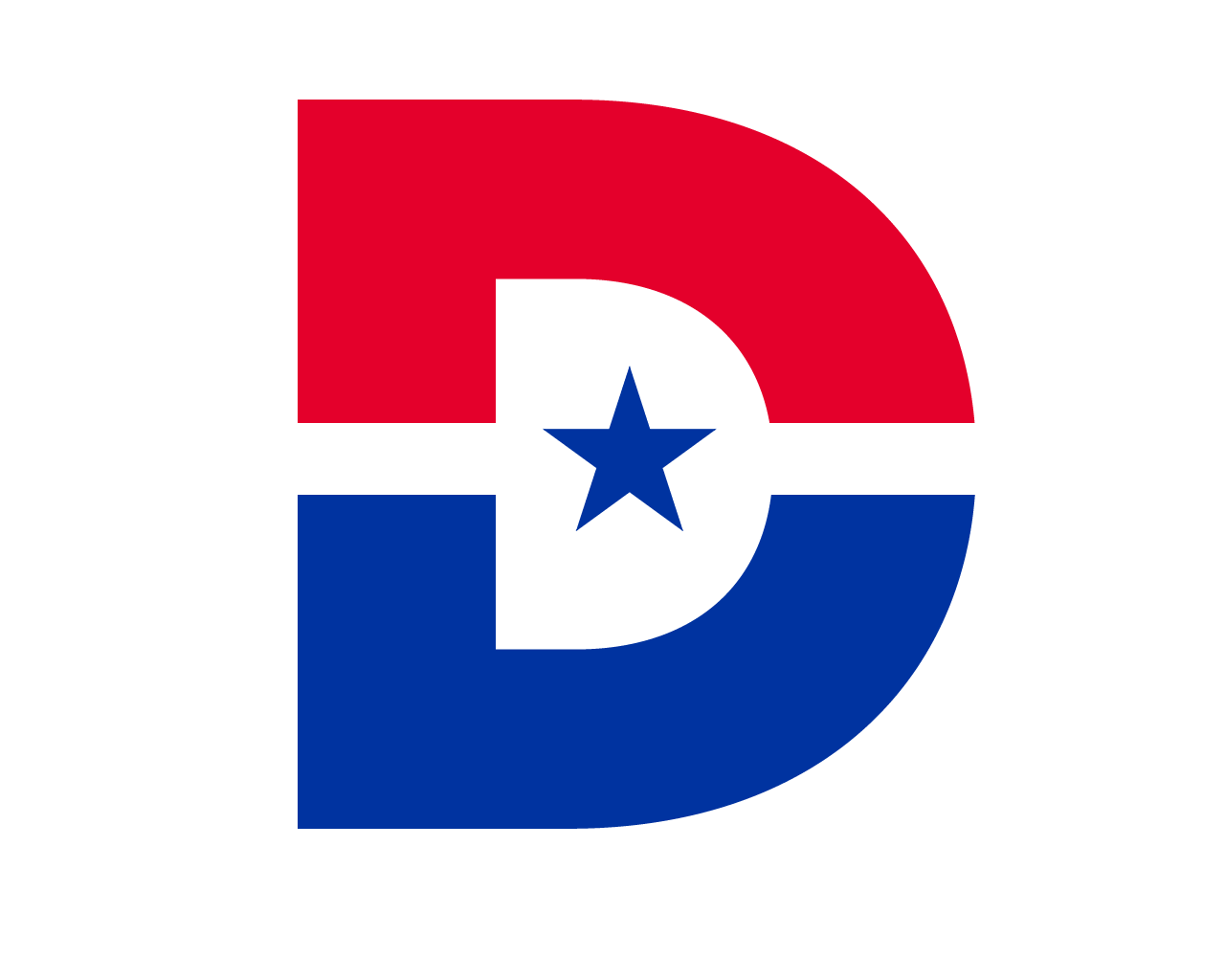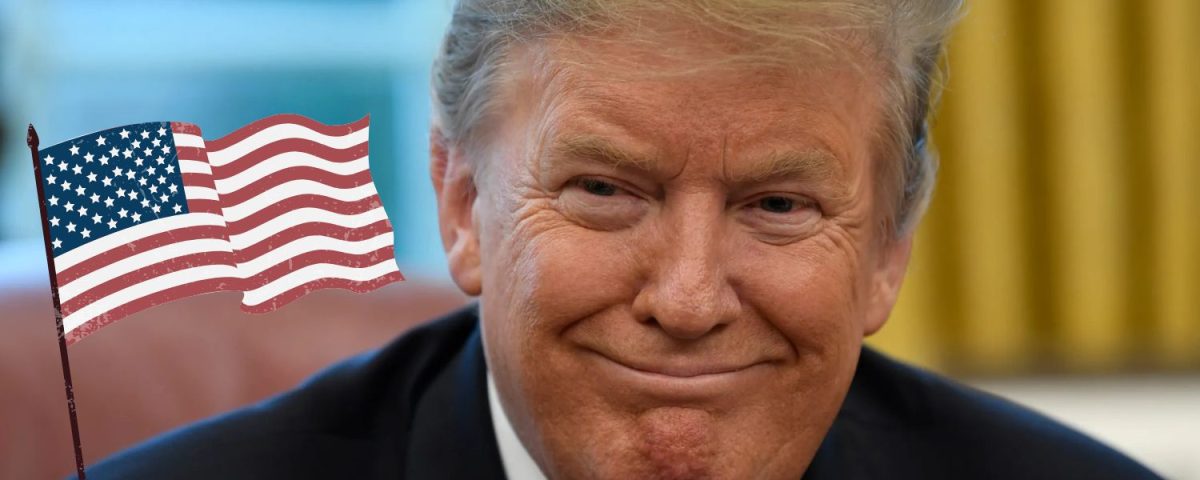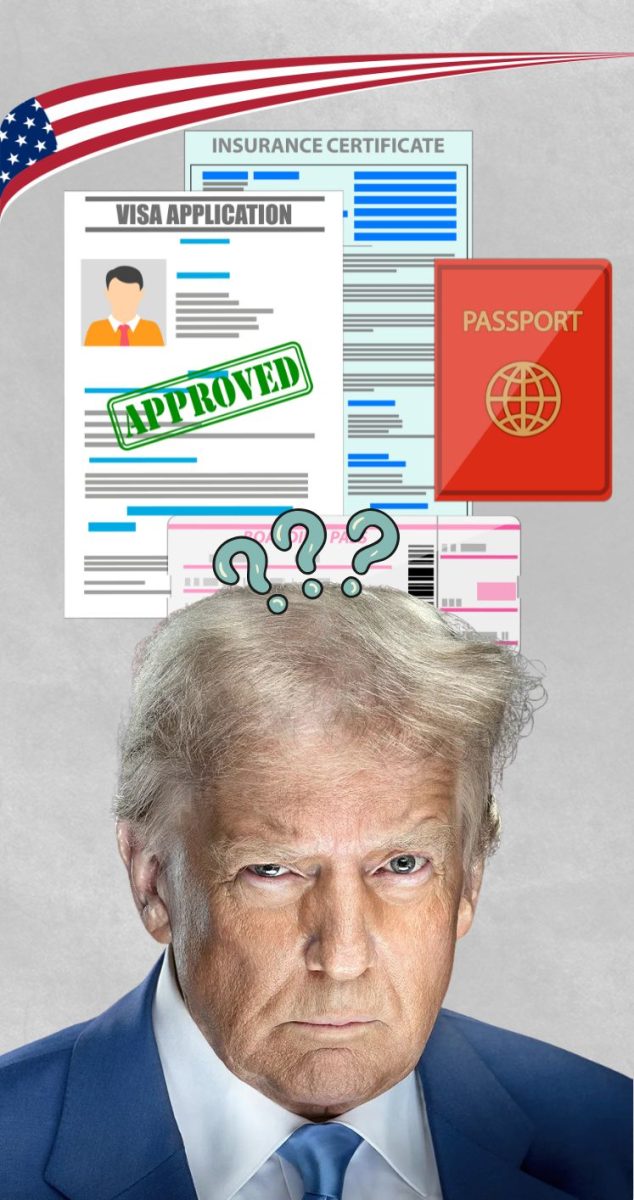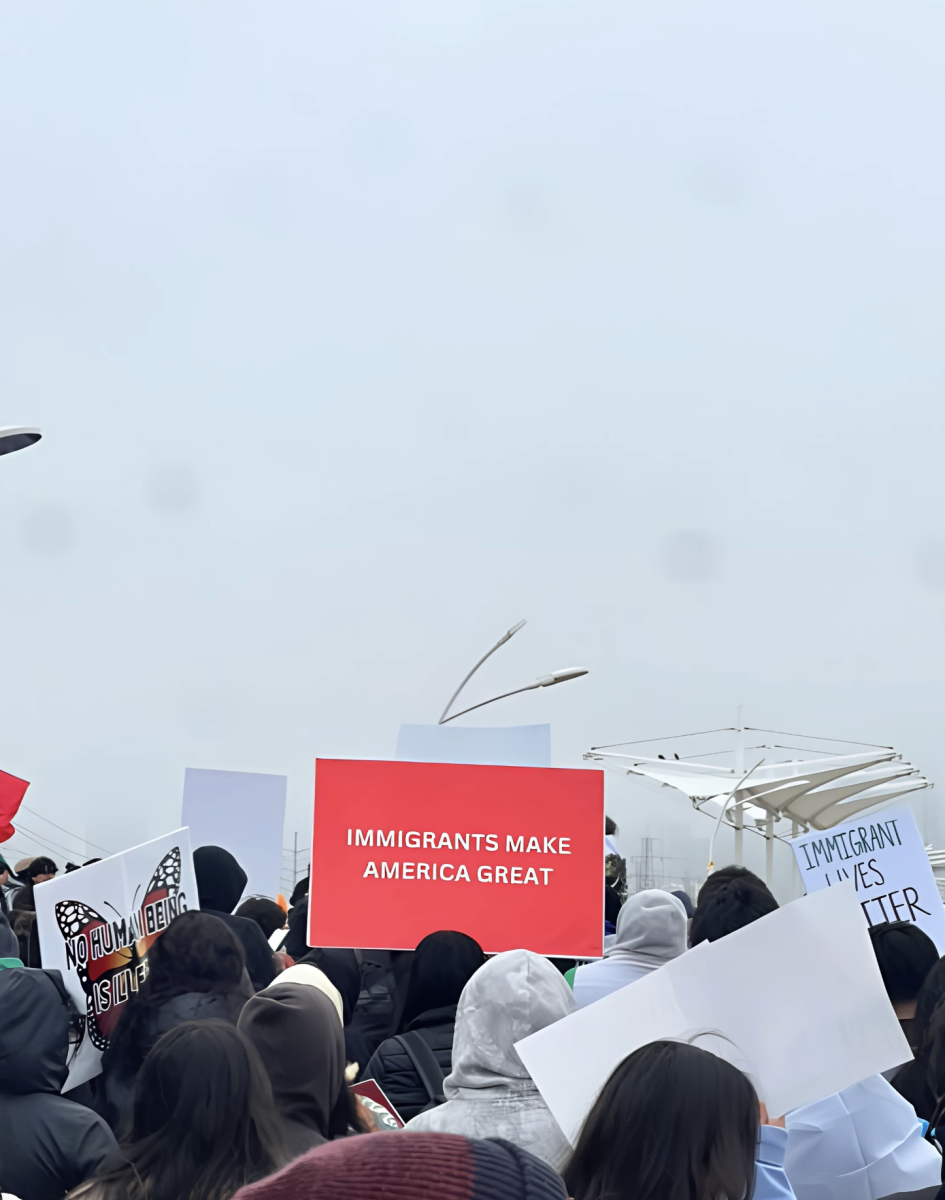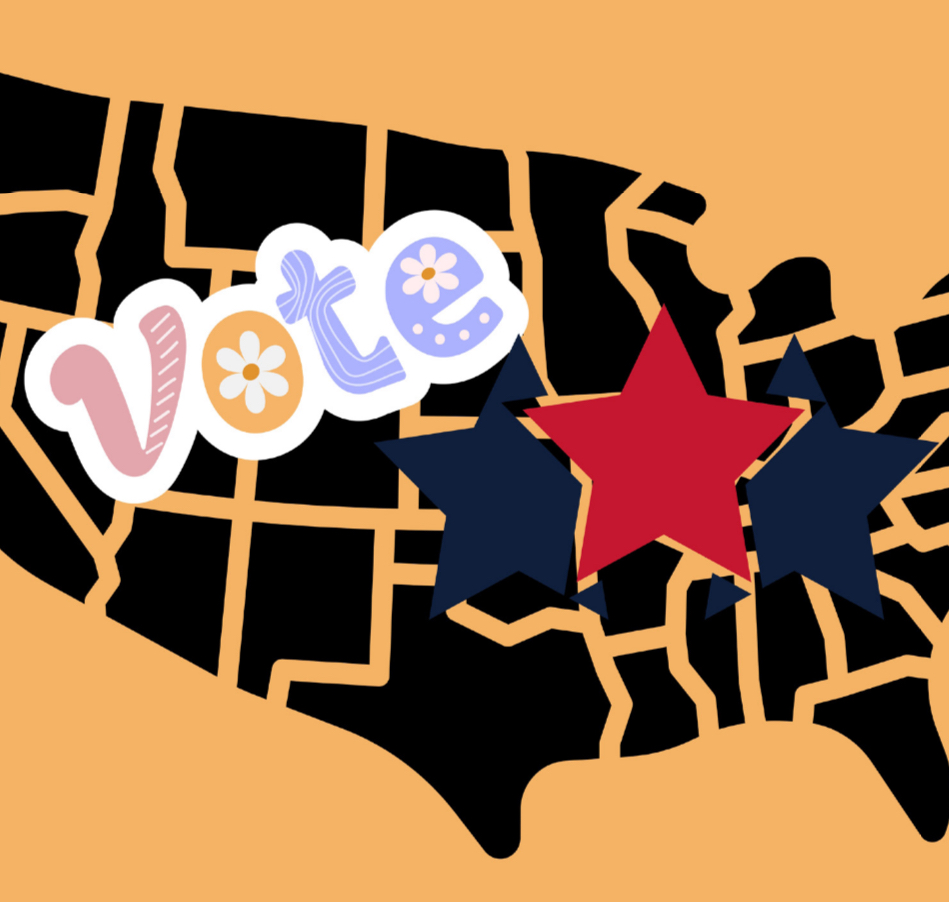From ending government diversity, equity and inclusion programs and policies, to only recognizing two genders, Jan. 20 was a significant day for the American government and its people. Day one of Donald Trump’s presidency showed an immense number of changes without legislation.
A slew of executive orders signed by Trump brought along reform to many policies originally signed in by previous President Joe Biden. As Americans assess the outcomes of these orders, many are left wondering what the next four years will hold for The United States of America.
With such extreme changes within the United States, Patrick Moore, a Richland government professor, discussed his frustrations with these changes. “Enormously negative, the whole thing is incomprehensible to me” is what Moore said about the dismantling of DEI. This executive order was described by The White House as “Ending radical and wasteful government DEI programs and preferencing.”
While this policy was supposed to fight against discrimination, Trump has referred to DEI as the exact opposite, calling it “discrimination.” Many beneficiaries of DEI are now questioning how this executive order will interfere with their jobs or future hiring practices. Employees of federal government DEI offices were put on paid leave, and their chances of eventually being laid off completely appears to be a possibility.
This order claims to reinstate the use of “merit-based” hiring practices without discrimination. Moore compared the dismantlement of DEI to meritocracy. “Meritocracy has the effect of promoting continuing, pre-existing differences in society.” Some fear this decision by Trump will enhance discrimination among employers. Others are hopeful this decision will encourage seeking out people based upon their merit.
Effects of the executive orders regarding immigration have quickly unraveled across America. As many ICE raids have taken place across the United States, Trump keeps his promise of continuing with mass deportation efforts. These efforts include now allowing law enforcement to enter churches and schools with the intentions of arresting undocumented immigrants.
“Criminals will no longer be able to hide in America’s schools and churches to avoid arrest,” the Department of Homeland security said in a statement. “The Trump Administration will not tie the hands of our brave law enforcement and instead trusts them to use common sense,” added the statement. Moore said the results of these mass deportations might be larger than what some would expect. With a large amount of the workforce facing potential deportation, “prices will be astronomical” and “it is impossible to comprehend the scope of the damage that would do to the economy,” he said.
However, these extreme efforts have not been successful in their entirety. On Jan. 26, two deportation flights from the United States heading to Colombia were rejected by the Colombian government. In turn, Trump threatened a change in tariffs with the country. Seemingly an act of retaliation against the rejection of the flights. Colombian officials quickly proceeded with the acceptance of the two flights.
Policies surrounding gender identification have now been instated within legislation. This executive order seeks to only recognize two genders by the United States government: male and female.
The White House has described this executive order as “Defending women from gender ideology extremism and restoring biological truth to the federal government.” Many might call this a success for women’s rights, especially among the topic of sports. However, according to USAToday.com, many hold a great deal of discontent regarding this executive order; some calling it “cruel” or “lawless.”
The 35 executive orders signed by President Trump in the first week following his inauguration are a new record, surpassing the number of the president’s first term and of the 15 presidents that came before him. As the term takes way, we can expect to keep an eye out on any new implementation of the Trump administration’s policies as the president authorizes more executive orders.

